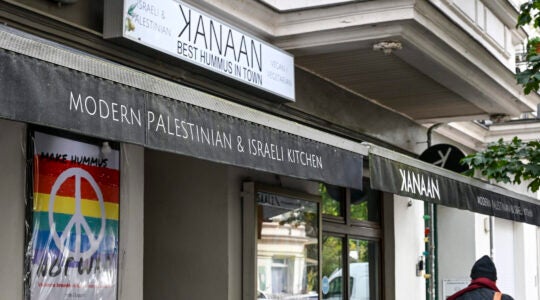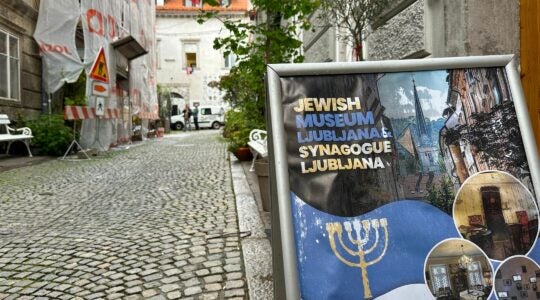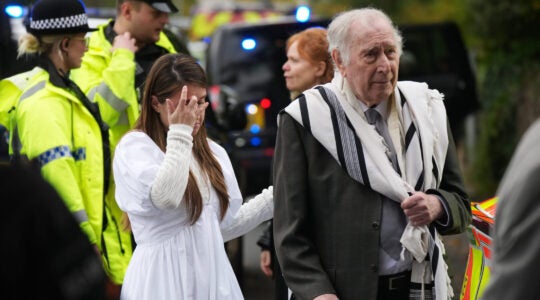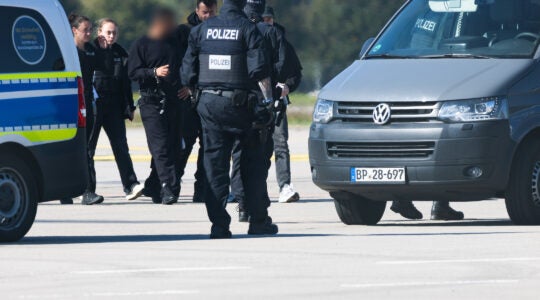WARSAW, Poland (JTA) — The family of a Holocaust survivor has donated his extensive collection of documents related to the Auschwitz death camp and the history of World War II to the archive of the Auschwitz-Birkenau Memorial and Museum.
The family of Wladyslaw Rath handed over 1,893 documents and 29 photographs, the museum announced Thursday.
Most of the documents deal with the extermination and persecution of Jews in the Third Reich, as well as in areas occupied by the Nazis, as well as the fate of those deported to concentration camps, including Auschwitz, and held in ghettos. Some deal with prisoners in forced labor and internment camps.
Rath was born on March 20, 1924, and spent his childhood in Krakow. At the outbreak of World War II he was 15 years old. His family was forced to move to the Krakow ghetto. His father was deported to Auschwitz, where he died. His mother was murdered in an unknown place.
He and his sister Dorota worked at Oskar Schindler’s factory, and both were saved by “Schindler List.” After the war Rath returned to Krakow, and in 1951 he moved to Vienna. He died in 1996.
“We always thought with my husband that this collection should be in the museum,” Ewa Rath, Rath’s widow, said in a statement issued by the museum. “I know that there is a great Yad Vashem Museum in Israel, but I think that this collection should return to the place where my husband’s father lost his life and that is a great symbol of the crime of those times. Auschwitz-Birkenau is something special in the history of war and Nazism, it was a machine to murder people.”
The museum’s director, Piotr Cywinski, said the collection “is the biggest gain for decades in the history of our archive.”
“There are very valuable documents showing both the history of the camps and the ghettos,” he said.
The collection includes 51 letters sent by Auschwitz prisoners and four postcards sent from Auschwitz under the so-called “Briefaktion.” In order to calm the Jews in the Theresienstadt concentration camp in German-occupied Czechoslovakia, Auschwitz authorities allowed prisoners sent from Theresienstadt to send postcards to informed loved ones that they work in Birkenau.
Many of the documents concern the Lodz ghetto and Theresienstadt.
The collection also features a military booklet of Amon Göth, the organizer and commandant of the Plaszow camp who was also responsible for the liquidation of the Krakow ghetto.
JTA has documented Jewish history in real-time for over a century. Keep our journalism strong by joining us in supporting independent, award-winning reporting.





